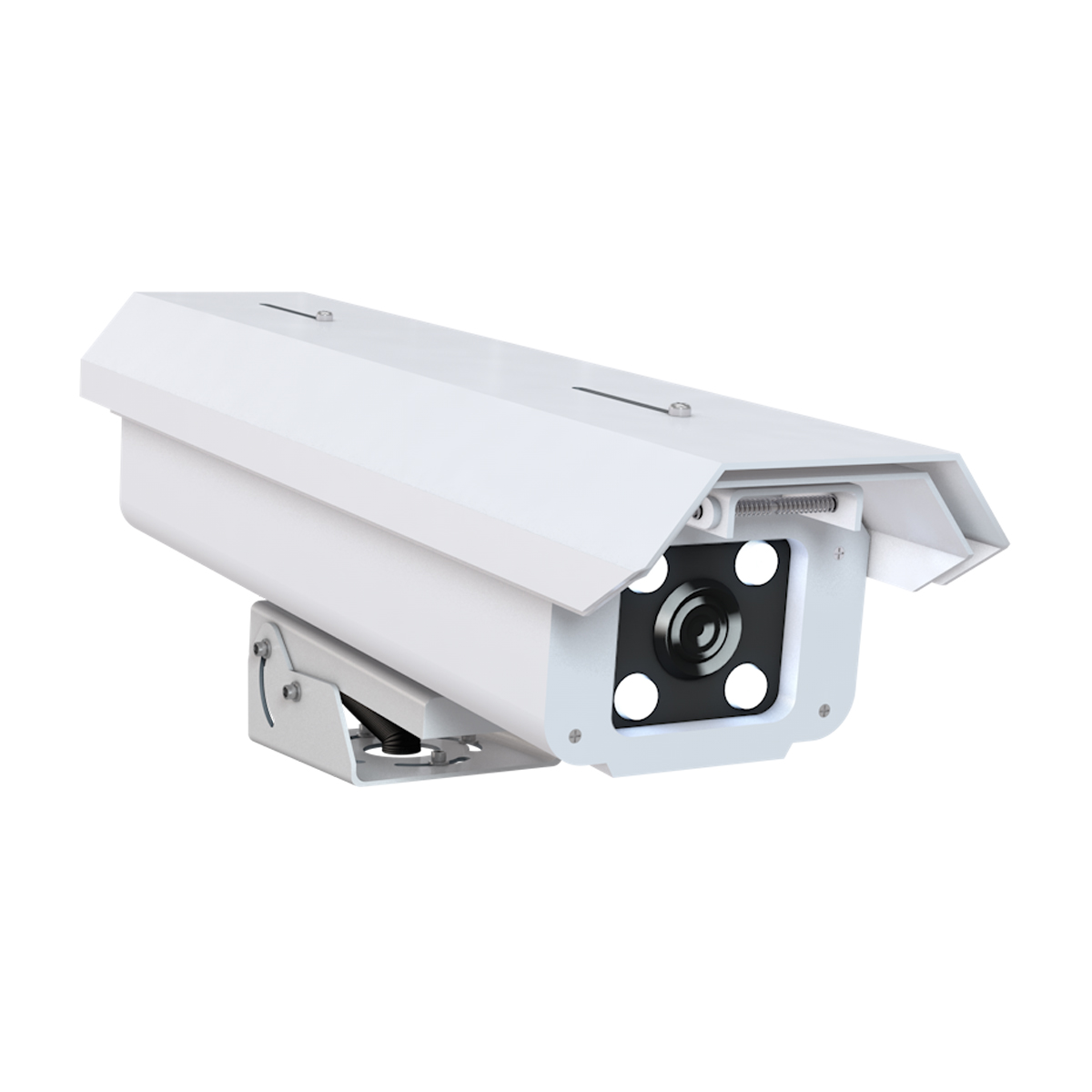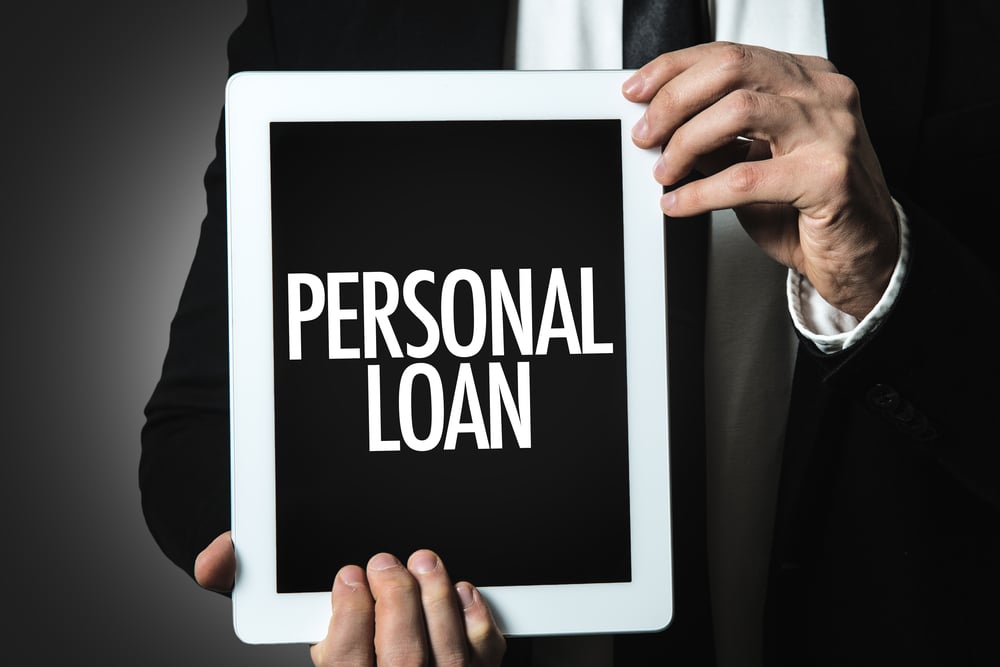TikTok has become a global hub for creativity, entertainment, and short-form video content, connecting millions of users worldwide. Watching favorite videos should never be interrupted, even when internet access is limited. Snaptik solves this challenge by offering a seamless way to save TikTok videos for offline viewing. This innovative platform allows users to download their preferred content quickly, ensuring uninterrupted entertainment anytime and anywhere. Downloading videos with Snaptik is straightforward and user-friendly. Users do not need to worry about complex software or lengthy procedures. The platform supports direct downloads in high quality, preserving the video’s original resolution and sound clarity. Whether you want to save a hilarious clip, a motivational video, or an informative tutorial, Snaptik makes it possible with just a few taps.
Key Features of Snaptik
- Offline Access: Save videos directly to your device to watch without internet.
- High-Quality Downloads: Maintain original video resolution and sound clarity.
- User-Friendly Interface: Simple steps make downloading quick and easy.
- Watermark-Free Content: Enjoy clean videos without distractions.
- Supports Multiple Devices: Works seamlessly on smartphones, tablets, and PCs.
- Fast Processing: Downloads are completed swiftly, without waiting for long buffering times.
The ability to watch videos offline has become increasingly valuable. Many users face situations where internet access is unstable or unavailable, such as during travel, in remote locations, or in areas with limited data coverage. Snaptik addresses these challenges, making sure TikTok content is always ready for entertainment. By downloading videos in advance, users no longer need to worry about buffering or interruptions.
How Snaptik Enhances User Experience

- Personalized Library: Save your favorite videos in one place for easy access.
- Shareable Content: Quickly share offline videos with friends and family.
- Data Savings: Reduce internet usage by watching stored videos multiple times.
- Continuous Entertainment: Keep enjoying content during flights, commutes, or network downtime.
- Easy Video Management: Organize saved clips by themes, creators, or categories.
With Snaptik, entertainment becomes more flexible and adaptable to user needs. It transforms the way people engage with TikTok by providing a reliable method to store content for offline use. Users can curate their own library of favorite clips, from dance challenges to educational content, ensuring a rich entertainment experience.
The Convenience of Offline Viewing
Offline access changes the game for TikTok enthusiasts. Users can enjoy:
- Videos during long trips without using mobile data.
- Entertainment in areas with weak or no Wi-Fi signals.
- Continuous access to favorite content without waiting for network connections.
This convenience also helps content creators and fans alike. Creators can see their work appreciated even when followers are offline, while users benefit from uninterrupted access to popular videos. Snaptik bridges the gap between internet dependency and on-demand entertainment, offering a reliable solution for everyone.
Security and Privacy
Snaptik prioritizes user security. All downloads are processed without compromising personal data, ensuring safe and private access to TikTok content. Users do not need to provide sensitive information or sign up for complex accounts. The platform focuses on providing a trustworthy environment for offline viewing while respecting privacy.
Quality and Performance
One of the main advantages of using Snaptik is the preservation of video quality. Unlike other methods that reduce resolution or compress files, Snaptik maintains the original video clarity. Users can enjoy crisp visuals and clear audio, making the offline viewing experience just as enjoyable as online streaming.
- Supports HD and Full HD downloads.
- Maintains accurate sound synchronization.
- Keeps aspect ratios intact for all devices.
Ideal for Multiple Scenarios
Snaptik is suitable for various situations, including:
- Travel: Long flights, road trips, or train journeys.
- Remote Areas: Places with poor network coverage.
- Data Management: Users looking to save on mobile data.
- Entertainment Libraries: Creating personal collections of favorite content.
By supporting these scenarios, Snaptik ensures that TikTok remains a reliable source of entertainment no matter the circumstances.
Easy Steps to Download
Downloading with Snaptik is simple:
- Open TikTok and copy the link of your favorite video.
- Paste the link into the Snaptik platform.
- Choose the download quality.
- Save the video to your device.
- Enjoy offline viewing anytime.
These steps are designed for both beginners and experienced users, making the platform universally accessible. The intuitive interface ensures that even those unfamiliar with video downloading can easily save content.
Benefits Beyond Entertainment
Offline video access with Snaptik goes beyond casual entertainment. Users can:
- Rewatch tutorials or educational content anytime.
- Save inspirational or motivational videos for quick reference.
- Use clips for presentations or personal projects without internet dependence.
The ability to keep videos on your device also allows for flexible scheduling. You can plan your content viewing or sharing without relying on streaming at the moment, making it a highly practical tool for both personal and professional use.
Future of TikTok Viewing
As short-form video content continues to grow, the need for offline access becomes more important. Snaptik provides a forward-thinking solution, ensuring that TikTok’s dynamic and creative content remains reachable regardless of internet availability. This tool empowers users to enjoy videos whenever they want, creating a seamless entertainment experience.
Conclusion
Snaptik revolutionizes how users experience TikTok by enabling offline access to videos while maintaining high quality. Its user-friendly interface, fast processing, and security features make it an indispensable tool for anyone who enjoys TikTok content. With Snaptik, entertainment is no longer restricted by network availability, allowing continuous enjoyment of videos, tutorials, comedy, music, and more.
- Save TikTok videos for offline viewing anytime, anywhere.
- Maintain high-quality resolution and clear audio.
- Enjoy an intuitive, fast, and secure downloading experience.
- Create a personal library of favorite content for convenience and easy sharing.
- Reduce data usage while ensuring uninterrupted entertainment.
With its robust features and simple operation, Snaptik ensures that TikTok’s entertainment never stops. Users gain freedom, flexibility, and continuous access to videos without the limitations of active internet connections. Whether for travel, personal collection, or daily entertainment, Snaptik guarantees that TikTok remains a reliable source of joy and creativity at all times.










